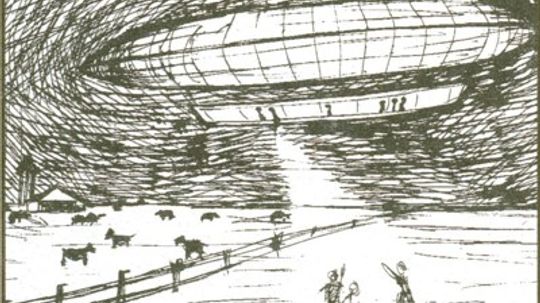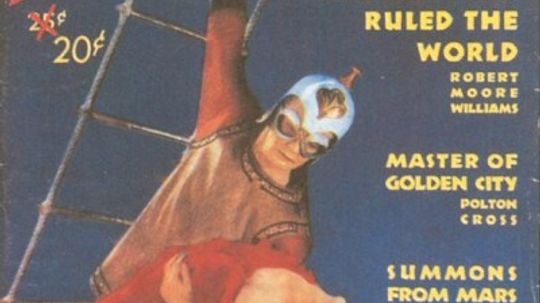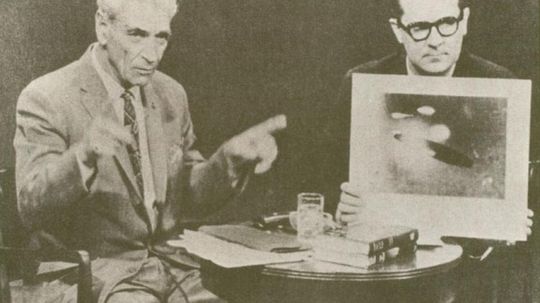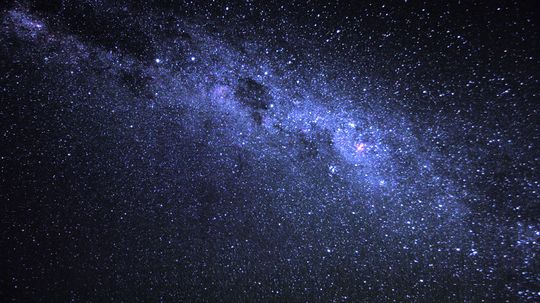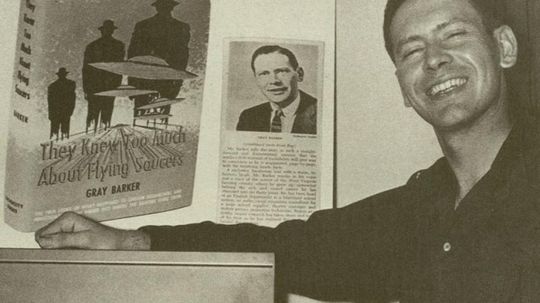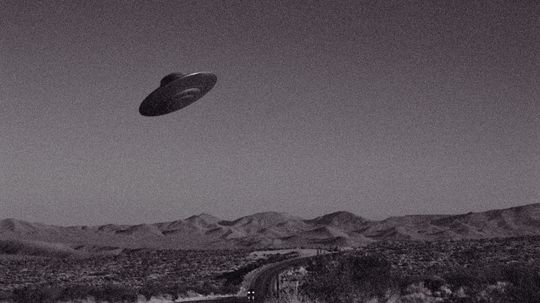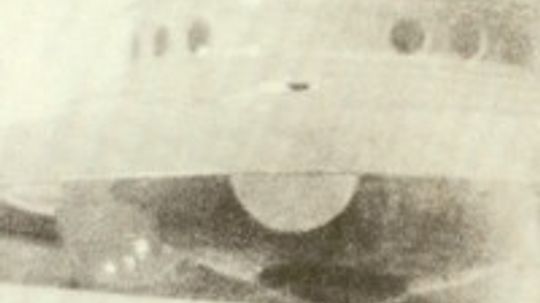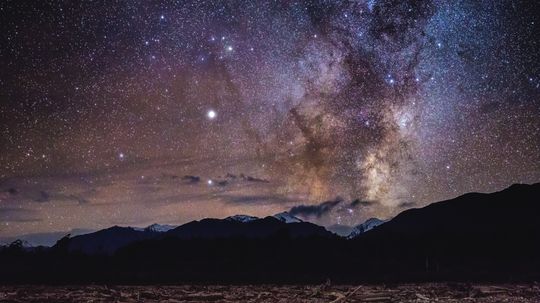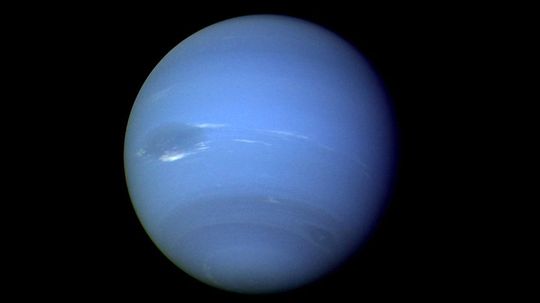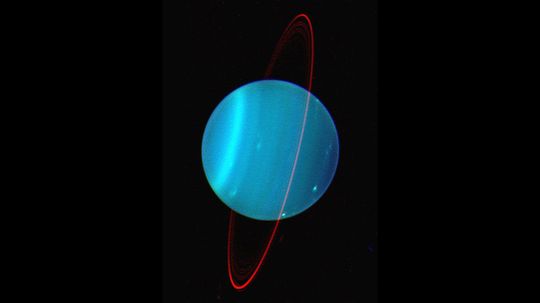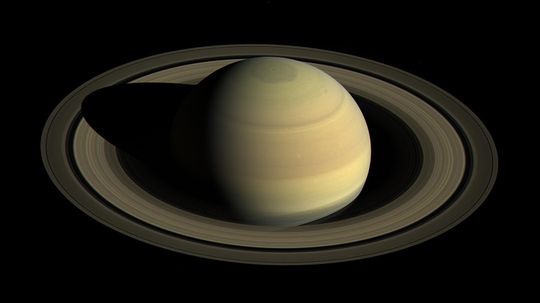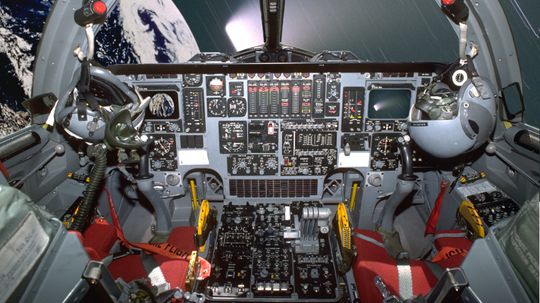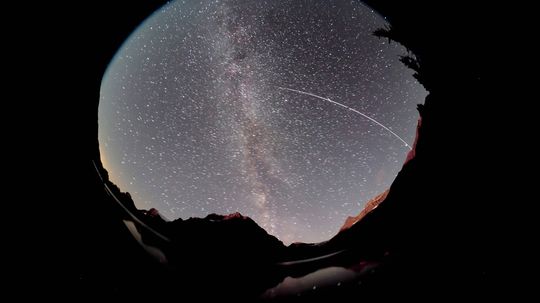Space
Explore the vast reaches of space and mankind's continuing efforts to conquer the stars, including theories such as the Big Bang, the International Space Station, plus what the future holds for space travel and exploration.
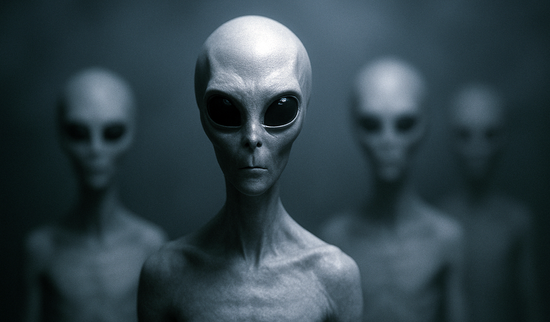
Tall Whites: The Classic Extraterrestrial Archetype
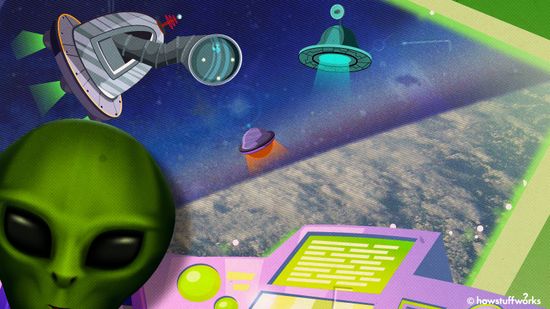
The Zoo Hypothesis: Are Aliens Watching Us Like Animals in a Zoo?
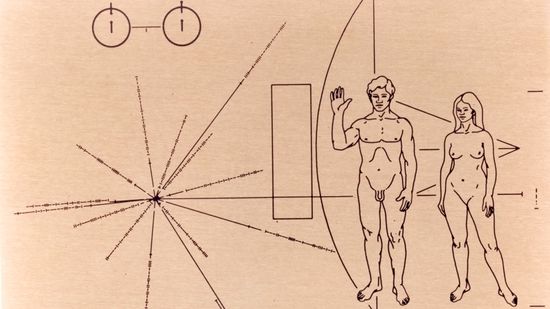
Communicating With Aliens Is Hard. Communicating With Alien AI Could Be Harder
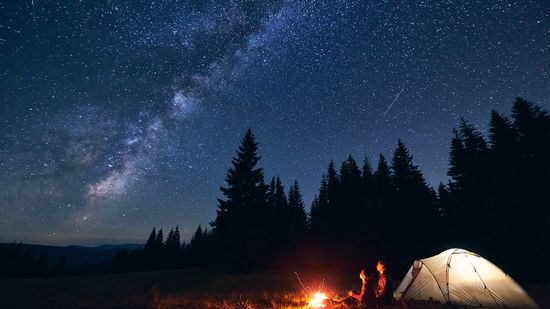
10 Types of Stars Blazing and Collapsing in Our Universe
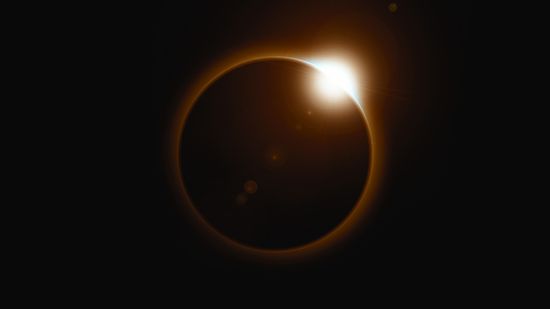
7 Types of Eclipses: Lunar, Solar and ... Hybrid?

Why a Geomagnetic Storm Makes for Pretty Skies and Tech Scares

What Is a White Hole? Does the Cosmic Phenomenon Exist?
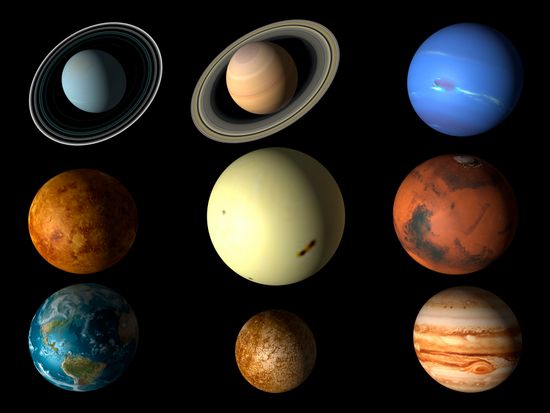
10 Best Ideas for Interplanetary Communication
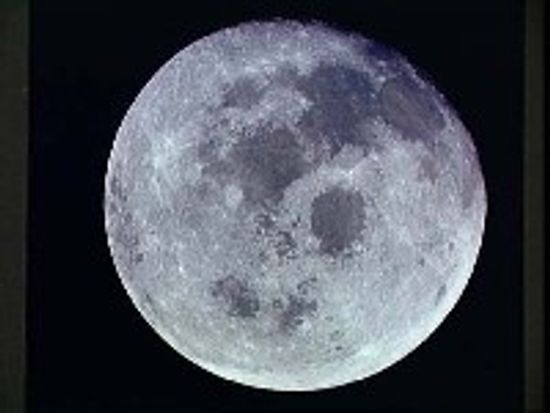
How can the moon generate electricity?

Is an Astronaut Stuck in Space a Rare Occurrence?
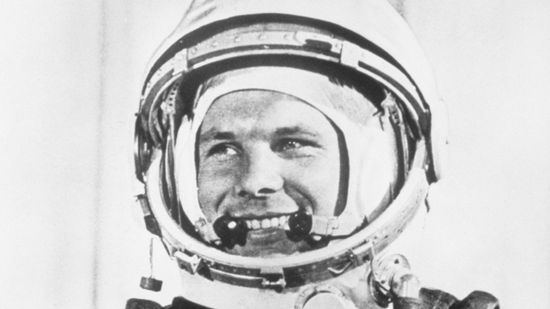
What Really Happened to Yuri Gagarin, the First Man in Space?
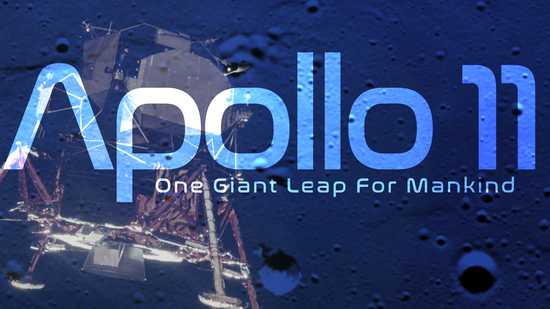
Apollo 11 One Giant Leap For Mankind
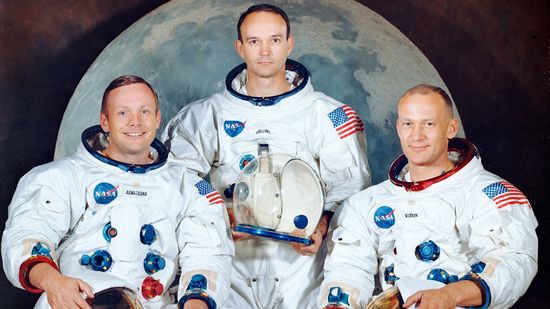
15 Famous Astronauts Who Expanded Our Universe

2023 India Moon Landing Was World's First at Lunar South Pole

Quiz: Apollo 11, the First Moon Landing
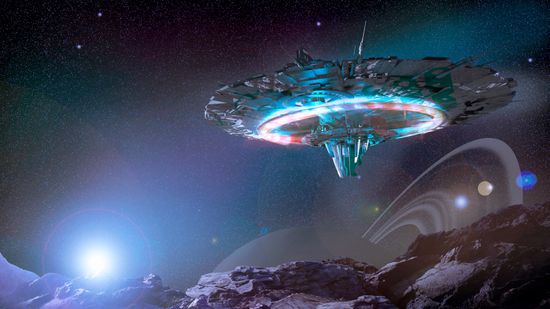
The Fastest Fictional Spaceships

10 Fictional Spacecraft We Wish Were Real

How Lunar Rovers Work
Learn More / Page 7
The Oz Factor is a sensation that UFO witnesses experience. Learn where the term "Oz Factor" came from, and what the experience is like.
In 1897 Alexander Hamilton reported a cow abduction by a UFO that appeared at his farm in Kansas. How did he fool people for half a century, and even get the made-up story in the newspaper?
Richard Sharpe Shaver was a controversial UFO storyteller promoted by magazine editor Ray Palmer in the 1940s. Shave wrote amazing stories about aliens called deros and teros. Some called him a crackpot; some called him a prophet.
Advertisement
Bob Lazar claimed to have worked in the S-4 section of Area 51. On that top-secret Nevada research base, he claimed to see anti-gravity reactors and flying saucers in person. How truthful were his extravagant tales?
George Adamski preached an interplanetary gospel based on contact with UFOs and aliens. Though serious investigators scoffed, he earned wide attention. Read about George Adamski and his "Space Brothers."
A look at the night sky at any time of year will reveal a faint band of light stretching across the sky -- our solar system's home, the Milky Way. How much do we really know about it?
The Straith Letter was fabricated by two UFO writers. The letter alleged U.S. State Department had significant evidence about extraterrestrial life. Read how the fake letter from a government official fooled UFO contactee George Adamski.
Advertisement
Men in black have been in UFO folklore since Albert Bender mysteriously shut down his International Flying Saucer Bureau. Where do men in black come from and whose interests do they serve?
John Lear and is one of the chief conspiracy theorists of the so-called "dark side movement", which suspects a secret government of illicit dealings with aliens. Learn more about John Lear and the dark side.
Otis Carr was a businessman and hoaxster who founded OTC Enterprises to build and sell a free-energy spaceship, the OTC-X1. Read more about Otis Carr.
Majestic 12, or MJ-12, was a secret government research team. The team was tasked with investigating multiple UFO crash sites. Read more about the Majestic 12 letter to Jaime Shandera and the ensuing controversy.
Advertisement
When nature calls, you have to listen. But when you're in microgravity, going to the bathroom can be a major challenge. How do astronauts get the job done?
Jupiter is the largest planet in the solar system. Big as this gas giant is though, next to the sun, it's still small.
By Mark Mancini
Mercury is the closest planet to the sun, and it's the smallest in the solar system. So why does it have longer days than we have on Earth?
By Mark Mancini
While we generally picture the sun and planets when thinking about our solar system, it also consists of comets, asteroids and hundreds of moons.
Advertisement
Neptune is the eighth planet from the sun and one of the coldest. It also has supersonic winds that are the fastest in the solar system.
By Mark Mancini
Uranus is the seventh planet from the sun and sits on an axial plane tilted at a jaw-dropping 97.7-degree angle. And yes, Uranus does actually stink.
By Mark Mancini
The atmospheric pressure is crushingly extreme on Venus, and lead would melt into a puddle on its surface. But as hellish as this place sounds, it actually has a lot in common with Earth.
By Mark Mancini
Saturn is the sixth planet from the sun and the second-largest planet in the solar system. This gas giant has more rings and moons than any other planet.
By Mark Mancini
Advertisement
Some of the most interesting objects in our solar system are also the smallest or largest. In addition to the sun, planets, and moons, our solar system has a variety of small objects such as asteroids, comets, stars, meteors, and moons. These have affected what has happened on Earth in many ways.
NASA needs a vehicle capable of carrying crew and payloads to Earth orbit, the moon and Mars. Learn about the technologies of the new Crew Exploration Vehicle and find out how it will help us explore the moon and beyond.
Of course we want to go to Mars. Until we figure it out though, roving robots with names like Spirit, Opportunity, Sojourner and Curiosity are our best bet for digging up dirt on our nearest planetary neighbor. Want to go along for the ride?
The Voyager spacecraft use 23-watt radios. This is higher than the 3 watts a typical cell phone uses, but in the grand scheme of things it is still a low-power transmitter. The key to receiving the signals is therefore not the power of the radio, but a combination of three other things.
Advertisement
If I was on the moon and the earth was black (no lights were on) and a flashlight was turned on facing the moon, would I see the light? If I couldn't, would there be any way to detect any residual matter that came from the light on Earth or does light die after a certain distance?
Thousands of satellites fly overhead every day, helping us with things like weather forecasts, scientific research, communications, TV broadcasts (and maybe some surreptitious spying). How much do you know about these eyes in the sky?
By Gary Brown & William Harris

